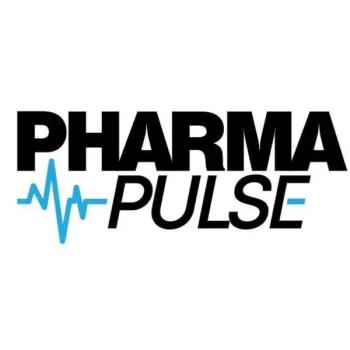
- Pharmaceutical Commerce - May/June 2014
Commerce and clinical research: where the twain meet
In this issue, you’ll see a new department in Pharmaceutical Commerce: Clinical Operations. And it would be very reasonable for you to have the reaction, “So what? Why should what Pharmaceutical Commerce chooses to publish make a difference?” Well, we’re here to make a case that it will.
When Pharmaceutical Commerce began publication, the logic—which still holds today—was to focus on everything that happens after a product comes off the manufacturing line: how it is packaged (and the branding and dispensing of that product based on its packaging); how it gets physically distributed, via various channels, into the marketplace; how it gets marketed and sold (and the necessary information that flows both out into the market, and back from the market for analytical purposes); and how it gets reimbursed. Add to that IT, regulatory compliance and overall financial management—all necessary to running a successful business in life sciences—and you’ve got a reliable how-to manual for “business strategies for bio/pharma success” (I know this is true because it says so right on the cover!)
Noticeably, there is little to nothing on biopharma R&D. This choice is not because of a perceived lack of significance of R&D; but rather, because it gets covered extensively in academic and other journals where scientists and research directors talk to each other. Very early on, however, we recognized that there is no bright-line distinction between R&D and the pharma business—for example, the thinking that goes into post-approval trials; the more recent development of risk evaluation and mitigation strategies (REMS); and the back-and-forth experimentation/commercialization of drugs for rare diseases. Many other examples can be cited.
As we’ve covered more pharma R&D activities, we noticed how the clinical trials activity mirrors a commercial market: there are valued service providers (clinical research organizations, clinical development and manufacturing organizations, clinical trial logistics providers) for one thing; for another, the IT requirements—a true Big Data instance—have become essential services, as has the need for negotiating complex legal and regulatory frameworks. Today’s movement toward health outcomes research and value-based medicine only amplifies this R&D/commercial interplay.
Going forward, we hope to apply the same thinking we have in pharma’s commercial operations—reducing costs and complexity in pharma distribution, marketing and reimbursement—to the challenges of running the clinical trials “business.” One timely example of this is a “
These are just a few examples of innovation going on in the clinical operations arena. We hope to be covering many more.
Articles in this issue
over 11 years ago
How secure are your laboratory refrigeration systems?over 11 years ago
Vetter offers standardized "clinical syringe" packagesover 11 years ago
Three new facilities are announced for UPS in Latin Americaover 11 years ago
Cegedim survey updates industry response to aggregate-spending rulesover 11 years ago
Limits to Big Data in healthcare analyticsover 11 years ago
Cold-chain packager combines tracking with asset managementNewsletter
Stay ahead in the life sciences industry with Pharmaceutical Commerce, the latest news, trends, and strategies in drug distribution, commercialization, and market access.




